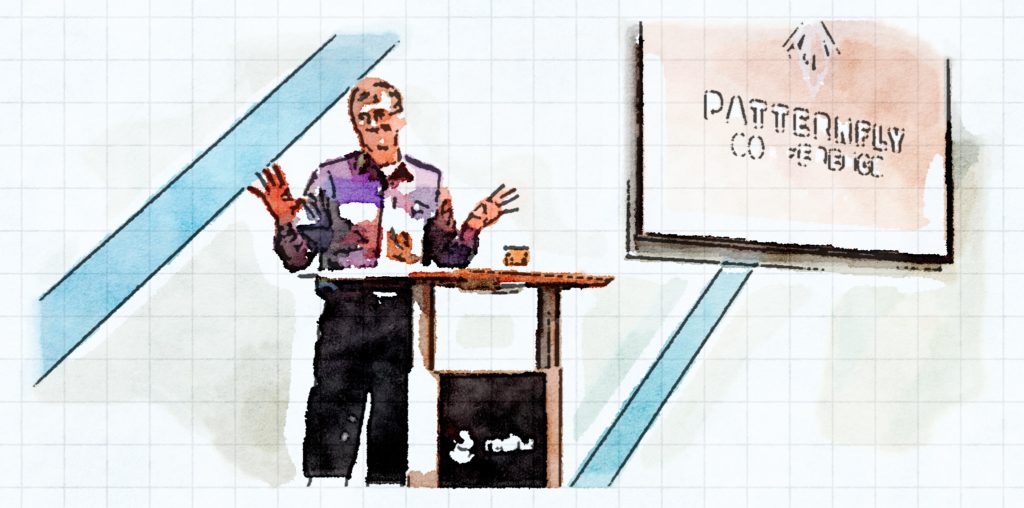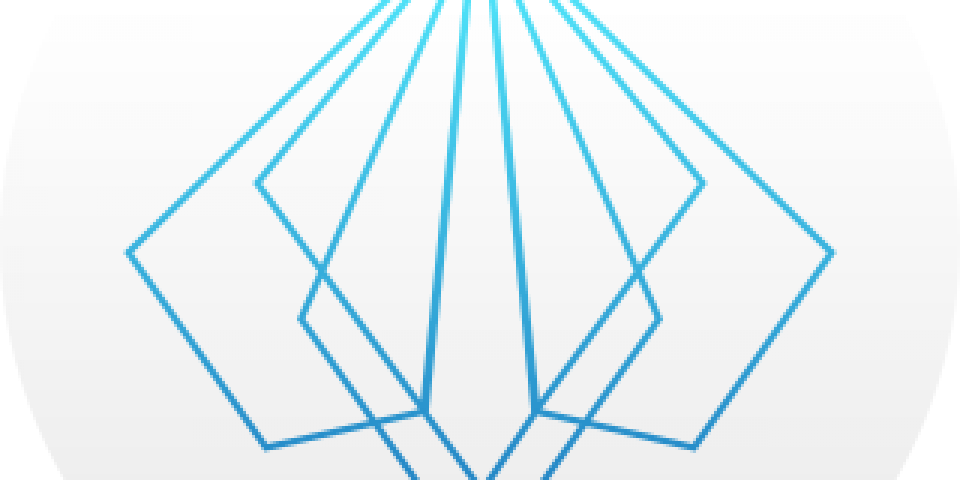Last Sunday, I returned home, India, after attending a series of collaborative sessions in Raleigh, NC, with many designers and developers across Red Hat and the open-source community, at the UX Summit and the PatternFly Conference. The whole experience was inspiring, informative and at the same time thought provoking with many takeaways, out of which the most interesting for me was that cumulatively all the inspiring talks from the speakers of the conference were implicitly hinting towards a clue. How our attempt to solve the existing technical solutions also impact the existing work process and thereby demand a rethink on the process blocks we use.
Being part of the Red Hat UX Design team, it is always an exploration and giving value to the core principle of “being open” to the “Design” — this is something similar to how the “openness” is seen as the integral value of the “Development”.
“We approach user experience design in the same way we develop our products. It’s all about being open.”
- Jim Whitehurst, CEO & President, Red Hat
So, what’s so special about the design being open? Is it something different from how we design in a traditional enterprise organization? It's natural to have such questions when we face the open paradigm of the design challenges — I had similar questions. One thing to note here is that designing for open-source has its own challenges that require a re-look at the existing design processes and frameworks especially in the software development scenarios that have been evolving over last two decades. With the focus to bring the user-centric focus to the existing sets of Software Development Life Cycle (SDLC) — these were mostly about advocating Human Factors in the perspective through which we have been used to see SDLC.
But as day-by-day major enterprises are going open-source to bring more and more collaboration with the community to develop the software, the open-source movement itself is getting mature by gradual evolution through different seasonings in the context of the growth of technology and the changing market needs that are driving shaping the SDLCs. For example with the rise of startups in last few years, the adoption of MVP-driven Lean Development models instead of traditional SDLCs has increased indicating the evolving dynamics of adoption of such processes.
In the traditional enterprise, the design process is more or less influenced by standard UX approaches that have evolved over the last couple of decades. Taking into account the SDLC defined towards the end goal of the organization in context to the user experience related benchmarks. Many take different components/tools and methodologies from the Design Thinking and other similar HCI process models, and align them into the SDLC, be it agile, waterfall or hybrid, and try to achieve the user-centered software development (UCSD) from an engineering point of view.
There are sects of organizations, who take into account the user needs related benchmark and make the existing SDLC components to align to that — be it through User-Centered Design (UCD) approach blended with a part of Iterative, Agile or Lean SDLC models or simply following a ready made Lean UX model. While everyone is attempting to solve the UX equation to come up with the best possible framework that works great in advocating user needs, the question is still unsolved -- what UX approach works best in a diversified collaborative open-source culture?
In the very first PatternFly conference held on 8th of this month, in his keynote, Michael Tiemann, VP of Open-source Affairs at Red Hat, referred to continuous evolution in the software development domain in context to design. His expressed views, which resonated more with the belief that the sustainable design solution can evolve from an organic design process, where reusability can play an important role.
 (Michael Tiemann, Vice President of Open Source Affairs at Red Hat, delivering the keynote at the very first PatternFly Conference at Red Hat Annex, Raleigh on 8th June 2017)
(Michael Tiemann, Vice President of Open Source Affairs at Red Hat, delivering the keynote at the very first PatternFly Conference at Red Hat Annex, Raleigh on 8th June 2017)
The PatternFly community project supported by Red Hat is an attempt in such a direction that promotes "design commonality and improved user experience". Dana's blog post, Are “Web Components” in the future for PatternFly?, is an interesting read in this context from a technical angle where he addresses the thoughts on building a UI framework when there are so many choices and so many strong feelings about the different choices? While every organization is still trying to find the solutions for challenges related to UI development for a better experience such as - how to structure and organize CSS code for reusability in the ever-growing complex world of UI framework choices like Bootstrap, Angular & React etc. It's also important not to forget that with each adoption of UI framework the impact on how we implement experiences to our products is also evolving, thereby making an impact to the process blocks that run the design, and development testing phases of SDLC.
This leads us to the hypothesis that with the evolution of newer technology adoptions, we are bringing the change catalysts to our development process, which can influence how we conceptualize and deliver the best experience for any product we are building. Along with it, as SDLCs are now getting re-shaped due to needs like, “faster time to market” and to bring out more sustainable solutions for the business needs, so is the associated stages of “Design”, “Development” and “Testing”. These are also getting more mature through the focus on Continuous Integration (CI) and Continuous Delivery (CD); thereby bringing a sea of change to the way software was planned, designed, developed, and tested traditionally. To this model when we add the “Open” aspect that demands the need to improve the process dynamics in order to ensure the end-to-end software delivery is sustainable in coming times. Red Hat’s recent open initiative to announce OpenShift.io is an attempt that tries to address all these aspects, at least it is a "start" where we start re-thinking openly about the solution that we thought we already have.
Openshift.io as an end-to-end development platform tries to address multiple areas or the process blocks like Planning, Analysis, and Creation, that tries to answer one question - what is the best way to deliver a software product in the most effective, seamless and consistent way in a diversified work-culture with value and best experience possible. It would be interesting to see how this platform evolves in coming times with the support and collaborative effort from the open source community to address these process related change catalysts that are getting their way into the work practices due to an ever growing complexity of technology change.
In the forthcoming posts, I will be exploring this context with respect to existing UX models and methodologies try to reflect thoughts on "UX in the Open [source]". Stay tuned.
Take advantage of your Red Hat Developers membership and download RHEL today at no cost.
Last updated: September 5, 2023
